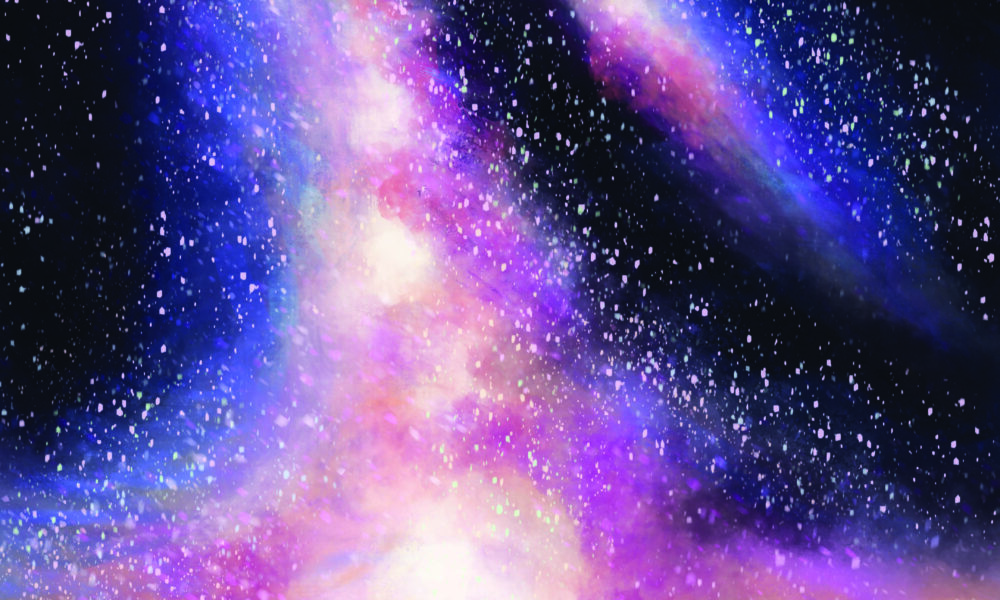McGill hosted the eighth Interstellar Symposium from July 10 to 13 and assembled a stellar panel of experts, ranging from National Aeronautics and Space Administration (NASA) engineers to space lawyers, to discuss how to expand civilization into space.
The public panel featured: Alan Stern, the engineer in charge of the NASA New Horizons mission to Pluto and beyond; Philip Lubin, director of the University of California, Santa Barbara Experimental Cosmology Group; Erika Nesvold, a co-founder of JustSpace Alliance; and AJ Link, a space lawyer from Howard University.
Stern began the panel by revealing the technology NASA is researching to make traversing the stars easier.
“Our corporate mission is to develop a fusion drive that can take us to stars in a century or less. How’s that?” Stern said, which prompted a cacophonous applause.
The engineer also discussed how the New Horizons spacecraft was the first human-made object to ever approach Pluto and is critical in understanding the area beyond Pluto called the Kuiper Belt.
“New Horizons sounds like it’s science fiction, but it’s not,” Stern said.
“We launched the spacecraft that crossed the entirety of our solar system between its launch in 2006 and 2015. It did the first exploration of Pluto and its system of moons, and is now out exploring the Kuiper Belt, the third zone of our solar system, and it’s travelling so fast that it’s leaving the solar system.”
Although New Horizons is travelling away at a break-neck speed of 482 million kilometres per year, Lubin argues that directed energy, which uses light to sail across the stars, has the potential to leave the probe in the cosmic dust.
“Directed energy is a path forward,” Lubin stated. “It’s the only way I know of, with the exception of an antimatter annihilation engine, to go relativistic—and by that, I mean greater than 10 per cent speed of light—and that will enable very fast interstellar missions.”
Such solar sails work by having the directed light transfer its momentum to a spacecraft’s reflectors as it bounces off them, giving it a gentle push that balloons to a massive impact in the vacuum of space.
While Lubin’s excitement is understandable, what happens when technological advancement starts to outpace ethical development? Nesvold answered that in her own talk regarding space ethics.
“So, a lot of people who advocate for building communities in space talk about space as if it’s a blank slate where we reinvent ourselves,” Nesvold said. “But it’s only a blank slate before the humans get there—we’re still bringing all our baggage and problems with us.”
Nesvold pointed out that stargazers should first look back down to earth and determine if the problems here will be exacerbated in space.
“How will [workers] be compensated?” Nesvold asked. “What happens when you are working on Mars and you lose your job, and you can’t pay rent, or for water or air, or for a ticket back to Earth?”
Her questions grounded the audience by acknowledging that we should not repeat the mistakes made on one planet on another. However, laws will need to be drafted to ensure this, which is why lawyers like Link exist.
“My background is Space Law, and I teach Space Law, but I evolved into someone who really works on space communication and accessibility,” Link said. “We immediately start talking about colonizing space, right? And is that language accessible to people who survived colonization?”
For Link, the stars are for everyone, and humanity should maintain that.
“I think we should just take a second to think about who’s been excluded,” Link said. “Are we designing our spacecraft so that people who use wheelchairs or don’t have use of their legs can use it? How about the blind? Are we really being [as] inclusive as we want to be?”
By asking such questions, humanity will ensure a future where space has enough space for everyone.









